TRACK START VS. GRAB START: WHICH IS RIGHT FOR YOU?
Should I do a track start or a grab start? It's a question every competitive swimmer asks, and the answer is: it depends.
Your ideal start depends on your body type, flexibility, power, and even the event you're swimming. Many swimmers still haven't figured out which is best for them, and some even use different starts for different races. This guide will break down the technique, pros, and cons of both the grab start and the track start to help you find the one that will give you the biggest advantage off the block.
Dive Into: Track Start vs. Grab Start
- The Grab Start: Technique and Advantages
- The Track Start: Technique and Advantages
- The Final Verdict: Which One Should You Choose?
- Frequently Asked Questions
The Grab Start: Technique and Advantages
The grab start is the older of the two variations. While it has largely been replaced by the track start at the elite level, it is still considered slightly more powerful.
Technique:
- Place both feet side-by-side at the front of the block, about shoulder-width apart, with your toes curled over the edge.
- Bend over and grab the front of the block with your hands, either between or outside your feet.
- Crucially, keep your weight shifted forward onto the balls of your feet, not your heels. Your head should be down, with your eyes looking at your toes. Think of yourself as a loaded spring.
- At the "go" signal, your first motion is to pull up and slightly back on the block with your hands. This creates forward momentum and prevents you from rocking backward before you push off with both feet.
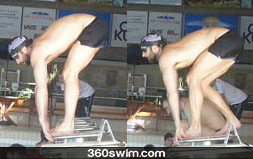
The Track Start: Technique and Advantages
The track start is the dominant start in modern swimming, primarily because it provides a faster reaction time and a more stable posture, reducing the risk of a false start.
Technique:
- Place one foot at the front of the block with toes curled over the edge, and the other foot back on the wedge (if available).
- Your feet should be staggered but not in a perfectly straight line; keep them slightly apart for better balance.
- There are two main styles: the rear-weighted (slingshot) start, where you lean back, and the forward-weighted start, where your weight is already over your front foot. The forward-weighted style is becoming more popular as it reduces the distance your body needs to travel to get off the block.
- Your head and hand position are similar to the grab start: head down, eyes on your front foot, and hands gripping the block. At the "go" signal, you pull with your hands and push off explosively with both legs.
Unsure which foot to put forward? Check out our guide with simple tests to determine your track start stance.
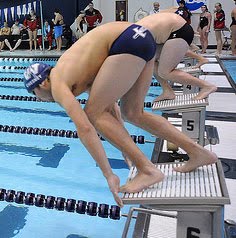
🎥 Caeleb Dressel's Perfect Start
Check out the video below to get an idea what a good track start looks like and what to do to improve it:
🎥 Common Errors in the Slingshot Track Start
Here is the leanback (Slingshot) type track start:
The Final Verdict: Which One Should You Choose?
So, how do you decide? Here are a few final considerations:
- Flexibility: The grab start requires significant hamstring flexibility to get into the correct forward-leaning position. If you are not that flexible, the track start is a better choice.
- Underwater Strength: The grab start can produce a more powerful, deeper entry. If you are a strong underwater kicker and are swimming breaststroke or butterfly, the grab start might be beneficial. For swimmers who are not great underwater, the flatter entry of the track start is often better.
- Sprinting: For sprint events where every millisecond counts, the faster reaction time of the track start usually gives it the edge.
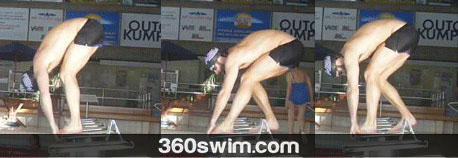
Ultimately, the best way to decide is to practice both. Play around with the different variations and see which one feels more comfortable, stable, and explosive for you.
Happy starting!
Frequently Asked Questions
What is the main difference between a grab start and a track start?
In a grab start, both feet are at the front of the starting block, side-by-side. In a track start, the feet are staggered, with one foot at the front and one at the back, similar to a sprinter's stance.
Which swimming start is faster?
The track start generally provides a faster reaction time off the block, which is why it has become the dominant start for most elite sprinters. The grab start is often considered slightly more powerful, but its reaction time is slower.
What are the advantages of a grab start?
The grab start can be more powerful and may lead to a deeper entry, which can be beneficial for the underwater phases of breaststroke and butterfly. It's a good option for swimmers with strong underwater kicks.
What are the advantages of a track start?
The track start offers a faster reaction time and a more stable posture on the block, reducing the risk of a false start. It's the preferred start for most sprinters and is also a good choice for swimmers who lack hamstring flexibility.
How do I choose which start is right for me?
The best way is to experiment with both. Your choice will depend on your flexibility, power, reaction time, and what feels most comfortable. You might even use different starts for different events.
 LNURL1DP68GURN8GHJ7URP0YHRXD3SWDMKJMFWVDHK6TMVDE6HYMRS9A4HSCNCWFXSH3NN0H
LNURL1DP68GURN8GHJ7URP0YHRXD3SWDMKJMFWVDHK6TMVDE6HYMRS9A4HSCNCWFXSH3NN0H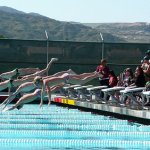
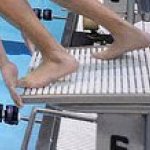

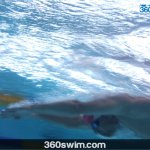
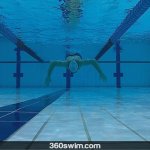


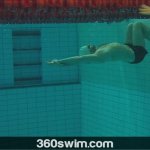


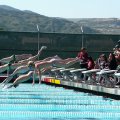
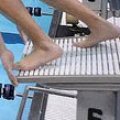
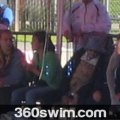
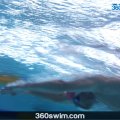
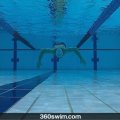


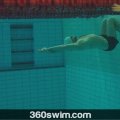

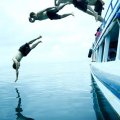

















Comments (1)